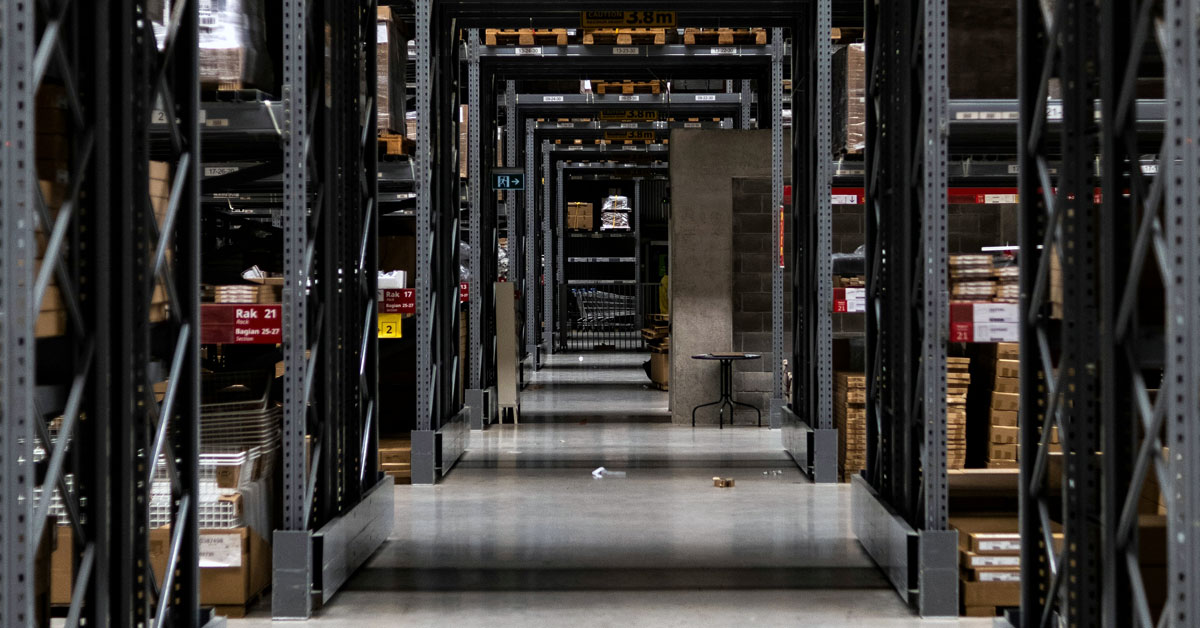Is the hospitality industry accurately assessing the significant impact of employee turnover, and should it prioritize addressing this issue more effectively, rather than focusing on other strategies?
Employee turnover is a persistent problem in the hospitality industry, with high rates in rank-and-file and management positions. It leads to financial costs, workforce shortages, and a perception of transient employment. Recent concerns include the strong link between employee satisfaction and profitability, changing workforce demographics, and the need to address root causes for effective retention strategies.
In this short article, we’ll explore the main concepts about turnover, providing an overview of what’s at stake and how to look at the big picture to understand the basics of this critical issue.
What is Employee Turnover, and Why Should We Be Concerned?
Turnover can be defined as the voluntary or involuntary separation of employees from an organization. In this article, we focus on voluntary separation, which refers to the process of employees choosing to quit their jobs. While some hospitality companies view turnover as an inevitable aspect of employee performance and longevity, it is essential to consider the various costs associated with turnover.
These costs include actual separation expenses, the expenses of hiring and training new employees, learning curve inefficiencies, disruption of the workforce, and intangible costs like a diminished company image and customer loyalty to previous employees.
The Paradox of Tenure and Performance
Some hospitality firms adhere to the belief that turnover can have a positive impact on performance in the short to intermediate term. However, over the long term, employee performance may stagnate or decline, and the costs of retaining long-term employees tend to increase due to raises and benefits.
This perspective highlights the importance of maintaining a balanced approach to turnover, where appropriate rates of turnover are considered in light of anticipated future performance. Nevertheless, focusing solely on turnover rates as events might hinder a comprehensive understanding of the issue.
Viewing Turnover as a Process
To gain deeper insights into turnover, we need to consider it as a process rather than an isolated event. This perspective recognizes that turnover is but one outcome of a series of interconnected events. By understanding the sequential chain of events leading to turnover, managers can adopt more effective strategies to address the root causes.
Identifying the Causes of Turnover
Understanding the factors contributing to turnover is crucial for developing effective retention strategies. Common causes of turnover in the hospitality industry include:
- Lack of Advancement Opportunities: The industry must offer employees meaningful chances for career advancement in terms of pay and responsibilities to retain talent.
- Transient Workforce Perception: Many view working in hospitality as a temporary job while waiting for better opportunities elsewhere. Dispelling this perception is vital to attracting committed employees.
- Image Perception: Despite efforts to change its image, the industry is still perceived by some as the employer of last resort. Addressing this perception will improve the attractiveness of hospitality jobs.
- Employee Satisfaction: Research shows a strong link between employee satisfaction and overall profitability. Fostering a positive work environment can help reduce turnover rates.
Conclusion
Turnover remains a significant challenge for the hospitality industry, impacting both rank-and-file positions and management. By understanding the causes of turnover and its true costs, the industry can devise effective retention strategies.
Emphasizing employee satisfaction, offering advancement opportunities, and changing the perception of hospitality jobs are key steps towards reducing turnover rates, and with a process-oriented approach to address turnover, the industry can build a more stable and committed workforce, ultimately leading to improved performance and success in the face of evolving labor market dynamics.
For more information on Employee Turnover, we recommend the following resources:
_________________________________________________
Wayleadr – How does employee turnover affect a company?
: https://wayleadr.com/blog/how-does-employee-turnover-affect-a-company/
PeopleKeep – Employee retention: The real cost of losing an employee: https://www.peoplekeep.com/blog/employee-retention-the-real-cost-of-losing-an-employee
Flair – Reduce Your Employee Turnover Rate and Improve Employee Retention: https://flair.hr/en/blog/employee-turnover/








